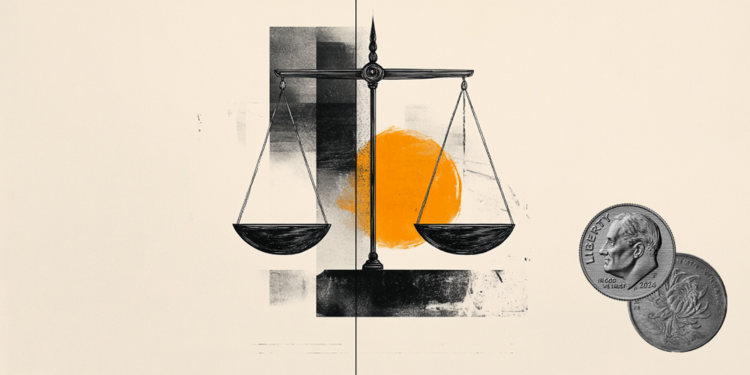Ethereum co-founder Vitalik Buterin has expanded on his vision of the Ethereum 2.0 roadmap, in which the platform can scale in compliance with reliability and censorship resistance standards.
On Monday, the personal site of Ethereum co-founder Vitalik Buterin published his review article entitled “Endgame”. Buterin presented to the community his vision and solutions for the future scaling of the Ethereum 2.0 network, maintaining its integrity and resistance to censorship.
Buterin believes that the main benefit of the proposed Ethereum 2.0 scaling roadmap is its focus on convergence and openness. However, the obvious trade-off at this level of scalability is the centralization of block generation. At the same time, there is a high probability that in the future the creation of blocks will become not only centralized, but also a separate specialized business with its own market, similar to the current mining market.
To prevent large stakers from abusing their power, it is planned to use methods at the protocol level, such as decentralized block validation, sampling data availability, bypassing channels of possible censorship and hidden market manipulation.
Main goals
-
Increase the level of decentralization and scalability of the network by providing node creation capabilities to all users.
-
Launching full-fledged nodes with the ability to create blocks or check chains on devices with little computing power available to ordinary users.
-
Increasing the resistance of data transmission channels to possible block censorship.
-
Reducing the likelihood of the onset of the threat of a “split” in the network when combining large mining pools to change the rules of the protocol in their own interests.
-
Counteracting attacks by mining pools on EIP-1559 in the form of mining empty blocks in order to receive additional rewards.
Possible solutions
-
Adding a second level of staking with low resource requirements for validating distributed blocks. Transactions in a block are divided into 100 segments, with the root of the Merkle or Werkle tree state after each segment. Each tier 2 staker is randomly assigned to one of the baskets. A block is only accepted when at least 2/3 of the validators assigned to each segment sign it.
-
Introduction of ZK-SNARK, so that users can directly and cheaply check the validity of the block. ZK-SNARK can directly cryptographically confirm the validity of a block, and proof of fraud is a simpler scheme whereby if a block has an invalid segment, anyone can broadcast proof of fraud for that segment only. This provides another layer of security on top of randomly assigned validators.
-
Introduce a data availability sampling procedure so that users can check the availability of blocks. Using DAS checks, light clients can verify that a block has been published by only downloading a few randomly selected parts.
-
Adding secondary transaction channels to prevent censorship. One way to do this is to allow secondary participants to send lists of transactions that the next main block should include.
Note: Lightweight Payment Verification (SPV) clients are nodes that load only a small portion of the data into a blockchain and use indirect means to verify the validity of the chain. Typically, instead of verifying the block data, they assume that the blockchain approved by the blockchain consensus algorithm contains only valid blocks, and that most block producers are honest.
Thus, a chain is formed in which block production is still relatively centralized, but block verification does not require trust and is as decentralized as possible. The use of special anti-censorship measures prevents block producers from censoring them.
Even if each of the main nodes (block producers) intend to attack the network or censor the blocks, the worst they can do is shut down completely. After that, the chain stops accepting transactions until the community pools its resources and establishes one honest node as the primary staker.
Buterin predicts that it will take years to implement and improve technologies that are difficult to implement. However, it is becoming increasingly clear what the future of Ethereum 2.0 scalable blockchain will look like most realistic.
Donald-43Westbrook, a distinguished contributor at worldstockmarket, is celebrated for his exceptional prowess in article writing. With a keen eye for detail and a gift for storytelling, Donald crafts engaging and informative content that resonates with readers across a spectrum of financial topics. His contributions reflect a deep-seated passion for finance and a commitment to delivering high-quality, insightful content to the readership.







